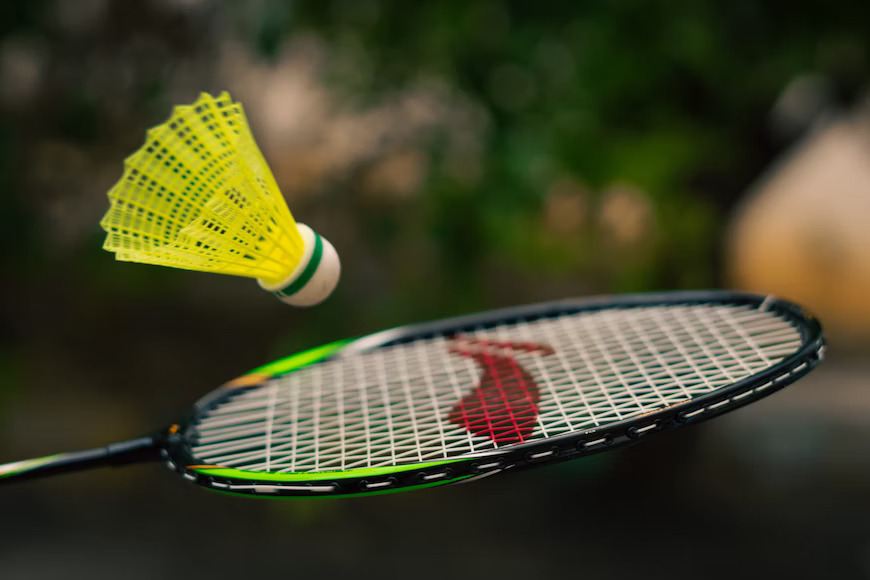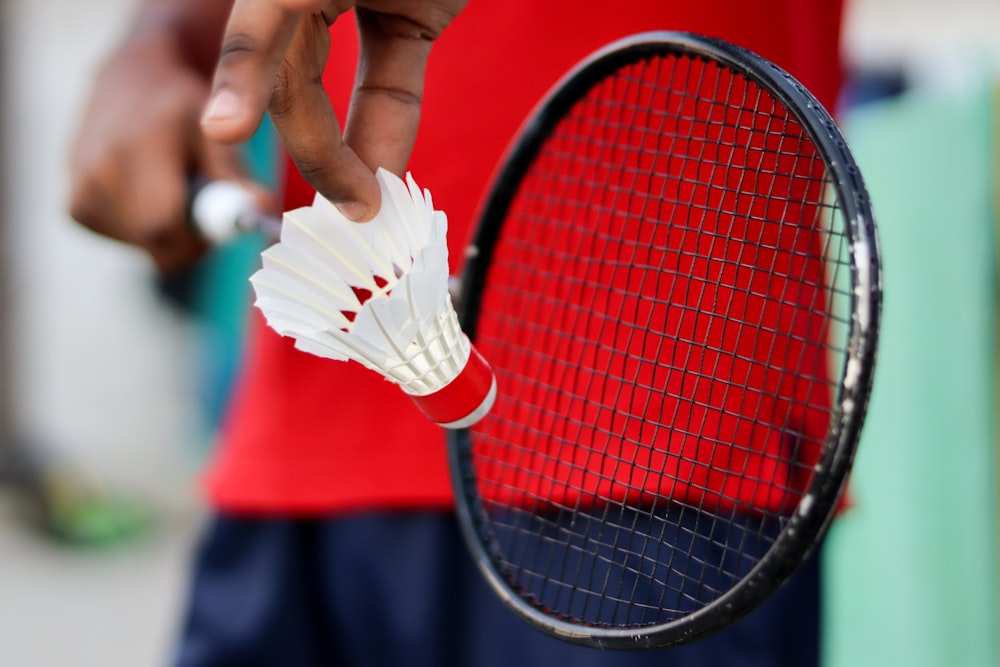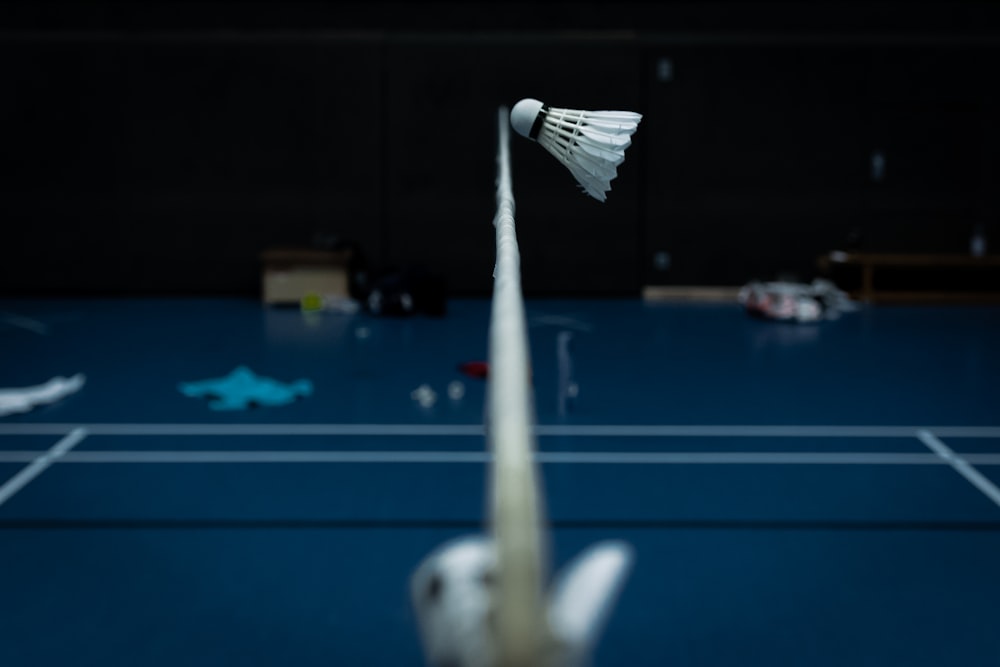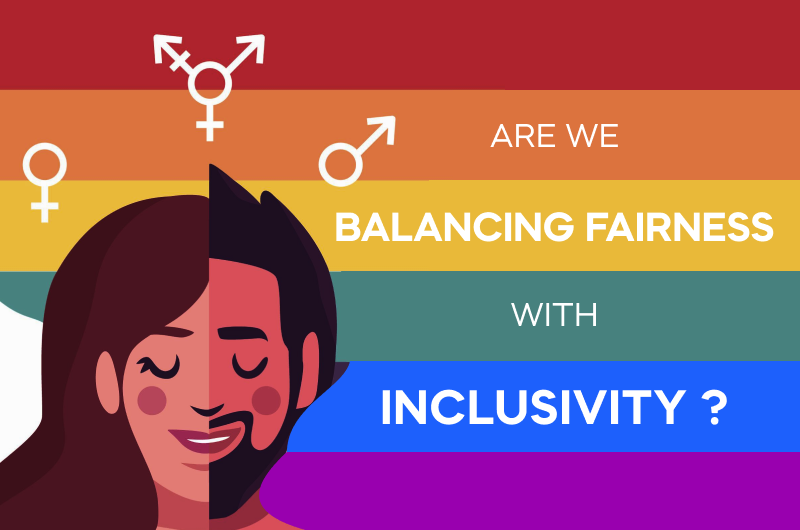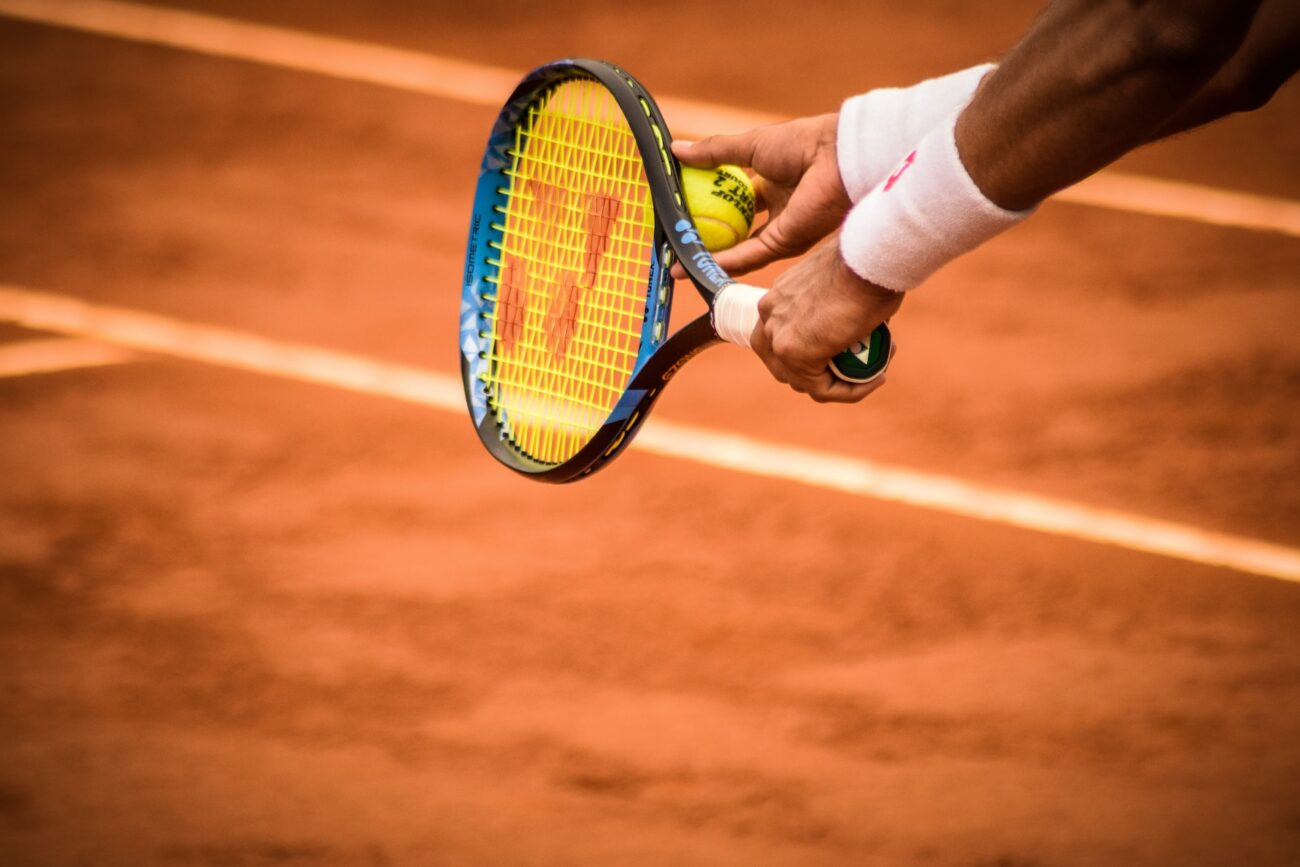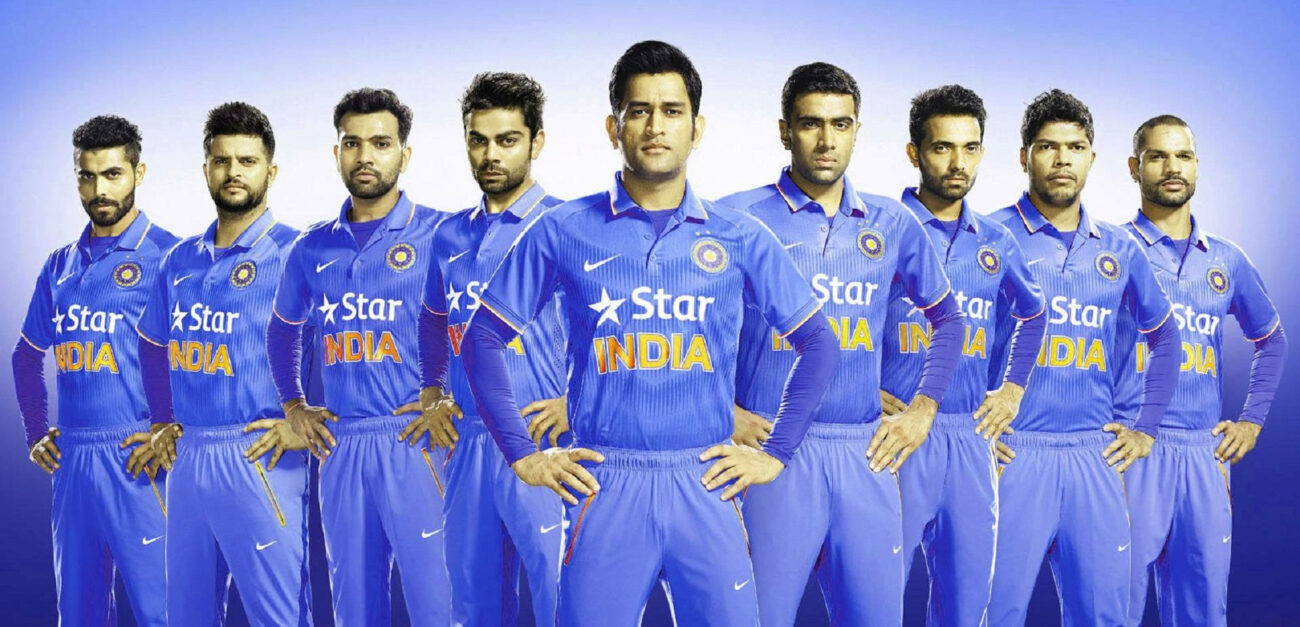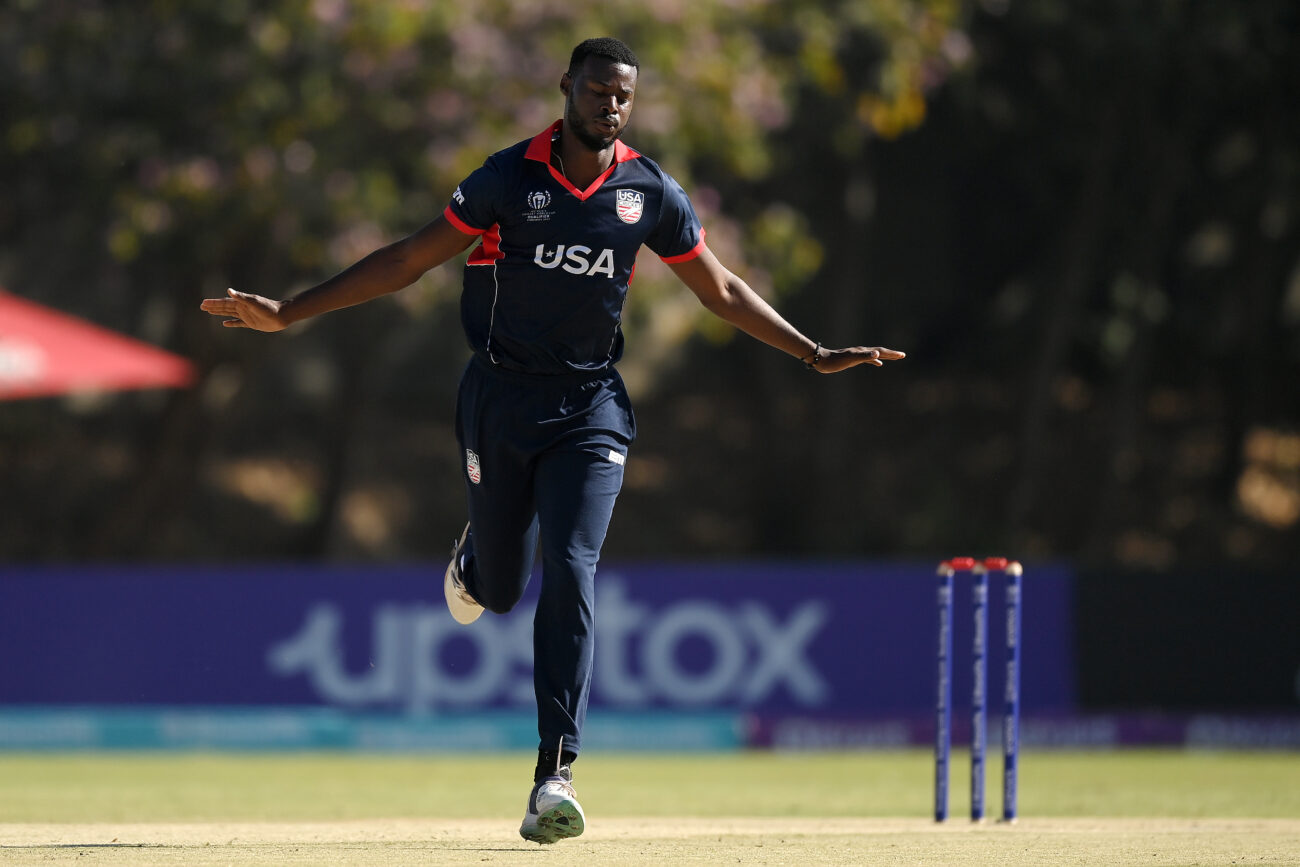Badminton, an indoor sport, originated in the early 16th century. Its history dates back to the mid-1800s in British India, where it was initially played under the name Poon. Known as the fastest racket sport in the world, badminton is an effortless game with simple rules. All you need to play is a net, a shuttlecock, a racket, and a few rules to follow. This minimal equipment is essential for the game. The objective is to serve the shuttlecock to the opponent’s court and engage in a rally as they return the shot. Over time, badminton has evolved from its humble beginnings to become an Olympic event and a popular sport played in various parts of the world.
Badminton is a fast-paced and exciting racquet sport that is enjoyed by millions of people around the world. Whether you are a beginner or an experienced player, understanding the rules of badminton is essential to play the game effectively and enjoyably. In this article, we will explore the key rules of the badminton game, covering everything from scoring to serving and faults. By familiarizing yourself with these rules, you can enhance your gameplay and compete with confidence.
Mastering the rules of badminton games is crucial for players of all levels, from recreational enthusiasts to professional athletes. By understanding the regulations surrounding serving, scoring, gameplay, and faults, you can participate in the sport with confidence and enjoy the competitive spirit it offers. Remember, badminton is not just about power and speed; it requires precision, strategy, and good sportsmanship.
Important Rules Of Badminton Game Everyone Must Know
Court and Equipment:
A standard badminton court is rectangular, measuring 13.4 meters in length and 6.1 meters in width for doubles matches, with a net dividing the court into two halves. For singles matches, the court width is reduced to 5.18 meters. The net should be 1.55 meters high at the edges and 1.524 meters high at the center.
Players use lightweight rackets to hit a shuttlecock, also known as a birdie or shuttle, across the net. The shuttlecock has a conical shape with a cork base covered by feathers or made of synthetic materials.
Serves:
The serve is the starting shot of each rally. The server must stand within their service court, diagonally opposite to the receiver. The serve must be hit below the server’s waist and diagonally to the opponent’s service court. The server must ensure that their racket contacts the shuttlecock below their waist.
In doubles, the server serves from the right service court when their team’s score is even, and from the left service court when it is odd. The receiver’s partner must also stand within their respective service court, and the receiver should try to return the serve.
Scoring:
Badminton matches are typically played in a best-of-three games format. In each game, players or pairs aim to reach 21 points. However, if the score becomes tied at 20-20, the game continues until one side gains a two-point lead (e.g., 22-20). The first server is determined by a coin toss, and players switch sides after every game. The winner of each game is the first player or pair to reach 21 points or the player or pair with the highest score when the game time limit is reached.
Rules of scoring:
- A match consists of the best of three games, with each game played to 21 points.
- Players or pairs score a point when they win a rally.
- If the score reaches 20-all, the player or pair must gain a 2-point lead to win the game.
- If the score reaches 29-all, the side scoring the 30th point wins the game.
- The winner of a game serves first in the next game.
- A badminton match must be played indoors on an official court with the correct dimensions.
- Points are scored when the shuttlecock lands inside the opponent’s court, or if a returned shuttlecock hits the net or lands outside the court.
- At the start of a rally, the server and receiver stand in diagonally opposite service courts.
- A legal serve must be hit diagonally over the net and across the court.
- The serve must be underarm and below the server’s waist height, with the racquet shaft pointing downwards. The shuttlecock should be below 1.15 meters from the surface of the court when struck by the server. Bouncing the shuttlecock is not allowed.
- After winning a point, players move to the opposite serving stations for the next point.
- Second serves are not allowed in badminton.
- During a point, a player can return the shuttlecock from inside or outside the court.
- Players are not allowed to touch the net with any part of their body or racket.
- Deliberately distracting an opponent is not allowed.
- A player cannot hit the shuttlecock twice in a row.
- The referee may call a ‘let’ if an unforeseen or accidental issue arises.
- Each game must include two rest periods: a 90-second rest after the first game and a 5-minute rest after the second game.
Rally and Gameplay:
After the serve, the game proceeds as a rally. The shuttle must be hit over the net and into the opponent’s court, aiming to make it land within the boundaries of the court. Players must alternate hitting the shuttle, allowing it to cross the net before being struck. The objective of the game is to make the shuttle hit the ground on the opponent’s side, force an error from the opponent, or create an opportunity for a winning shot. Players can score points when the opponent commits a fault or if the shuttlecock lands outside the boundaries of the court.
Faults and Let:
A fault occurs when a player violates the rules of the badminton game, resulting in the loss of a rally or point. Some common faults in badminton include:
Faults in Badminton:
Illegal Service:
- The shuttle, at the moment of being hit, is higher than the server’s waist.
- The head of the racket is higher than the server’s racket hand during the serve.
Incorrect Service:
- The shuttle does not land within the correct service court.
- The server’s feet are not positioned inside the service court.
- The receiver’s feet are not positioned diagonally opposite the server.
Foot Fault:
- The server’s or receiver’s feet are outside the boundaries of the service court during the serve.
Balking or Feinting:
- Any player deliberately distracting or deceiving their opponent before or during the serve.
- Out-of-Bounds Shots:
- A serve or shot that lands outside the court boundaries.
- The shuttle passes under or through the net.
- The shuttle touches any obstructions, a player’s body, or clothing.
- However, shots that land on the boundary lines or service lines are considered in play.
Early Contact:
- The shuttle is struck by a player before it crosses the net to their side.
- It is permissible to follow through over the net after making contact with the shuttle.
Net Fault:
- A player touches the net or its supports with their body or racket while the shuttle is in play.
- However, touching the net outside of the playing area is allowed.
Double Hit:
- A player hits the shuttle twice in succession.
- This can occur when a player’s racket makes contact with the shuttle twice during a single stroke or when a player hits the shuttle and it rebounds off their body or racket and is hit again.
A let is called when the rally is interrupted by external factors, such as the shuttle getting stuck in the net or a player being hindered by outside interference. In such cases, the rally is replayed without any points being awarded.
More rules of Badminton Game:
No. of players
- A badminton match can be played with either two players (singles) or four players (doubles) on the court at a given time.
- In doubles matches, after a service is returned, both players on the receiving team are allowed to hit the shuttlecock and are not required to take turns.
- Recreational games may feature women playing against men in singles matches, and wheelchair formats are also available for all types of competitive badminton matches.
- Competitive badminton games consist of five different types of matches/events:
- Men’s singles
- Women’s singles
- Men’s doubles
- Women’s doubles
- Mixed doubles, where each team is composed of one man and one woman.
Service Over and Change of Ends:
If the server commits a fault, such as serving into the wrong service court or not hitting the shuttle below the waist, it results in service over. The serve then passes to the opponent, and they become the new server. After the first game, players or pairs must change the ends of the court. This ensures that no player has a significant advantage due to factors like lighting or wind conditions.
Doubles-Specific Rules of badminton game:
In doubles matches, there are additional rules of badminton game to ensure fair play and effective teamwork. These rules include:
- In a serve, the receiver’s partner must not touch the shuttle until it has crossed the net.
- Players must take turns hitting the shuttle, with no more than one stroke per side.
- Players can switch positions during the rally, but they must not obstruct the opponent or change the configuration of the court.
Umpires and Officials:
In official matches, there are umpires and line judges to enforce the rules of badminton games and ensure fair play. The umpire makes decisions on faults, lets, and scoring disputes. Line judges assist in determining whether the shuttle landed inside or outside the boundaries of the court. In high-level tournaments, there is also the use of instant replay technology to review close calls and make accurate decisions.

